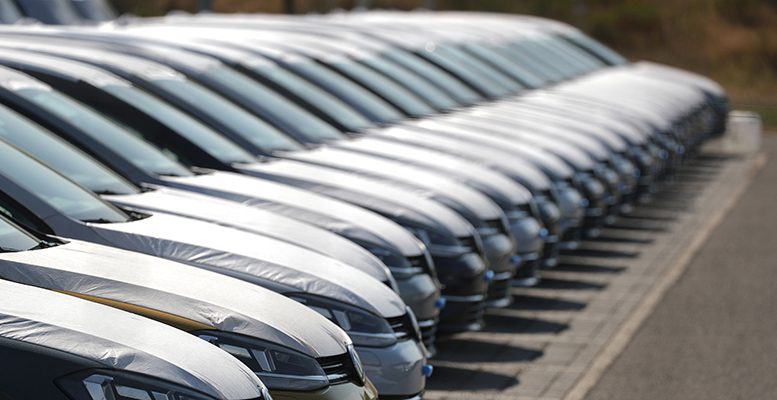Santander Corporate & Investment Banking | New car sales in Europe (EU+EFTA+UK) fell by 17% to 864,119 units, the worst November performance since the European Automobile Manufacturers’ Association began recording data in 1993. Registrations were only 0.8% higher than in the first 11 months of last year. Germany (-31.7%), Italy (-24.6%) and Spain (-12.3%) recorded double-digit falls and France a contraction of 3.2%. In contrast, car sales in the UK increased by 1.7%. All car manufacturers experienced declines, the largest being VW with 31%, followed by Daimler with 24% and Stellantis with 21%. BMW and Renault suffered declines of 15% and 12% respectively.
Research’s view: This was the fifth month of consecutive declines and marked a record low registration for a November, reflecting how slowly the sector is recovering from the deepest part of the supply crisis. At the same time, November’s drop was less intense than in any of the previous four months. We expect a further deterioration in December, as the previous year’s comparison base is difficult to beat. Moreover, as Covid cases increase, consumer confidence tends to decline, which is likely to keep potential customers on hold, and we now expect car sales to remain more or less flat compared to last year. The positive side is that consumers who have not found a vehicle this year could boost sales in 2022. Thanks to favourable comparative data and a recovery in production (assuming no further supply chain problems), the sales trend is likely to pick up from the first quarter of next year. We see significant recovery potential and maintain positive expectations for light vehicle sales growth in the financial year 2022. Inventory levels are very low, while order books appear solid and offer good visibility. We do not expect inventories to decline further in 2022, which does not seem possible anyway, but we do foresee a limited replenishment effect. In addition, more cases of Covid-19 infections, with the possibility of further containment measures, could even lead to more, not less, demand for cars. It is possible that people may still want to move around, but are reluctant to use public transport. In that case, a car might be the best option, even a new one, especially if they receive a subsidy (for electric vehicles). The only bottleneck could be, once again, supply shortages; we estimate that this will improve significantly, but only from H2’22 onwards. On the demand side, the main negative risk we see at the moment is higher inflation. We are concerned about the relationship between inflation, disposable income and interest rates, which could hurt global auto demand. This remind us of the global financial crisis of 2008, when inflation started to rise, leading to higher interest rates and, consequently, significant temporary deleveraging.





